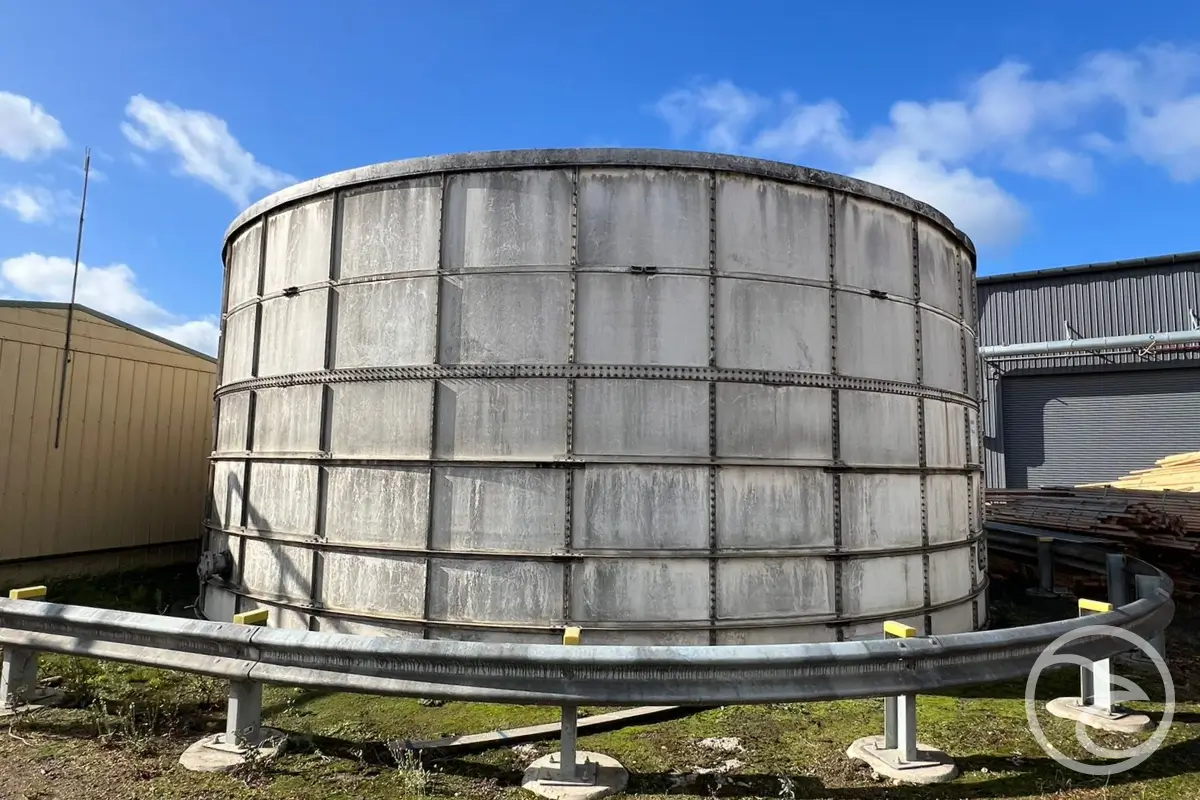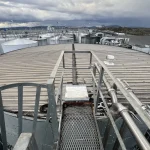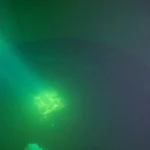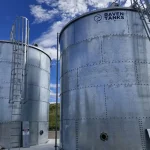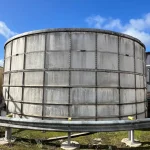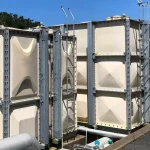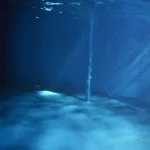In Sydney, tank inspections are an essential part of maintaining safety, performance, and compliance for both fire protection and water storage systems. Whether it’s a fire tank, a stormwater detention system, or an onsite detention (OSD) tank, regular checks ensure your system functions properly and meets Australian safety standards.
Ignoring inspection schedules can lead to leaks, corrosion, or non-compliance with AS1851 fire safety regulations — issues that may cost far more than routine maintenance. That’s why professional tank inspections in Sydney have become a crucial service for property managers, councils, and industrial sites.
The Role of Fire Tank Inspections
Fire tank inspections are required under Australian Standard AS1851, which mandates regular testing and maintenance of fire protection systems. These inspections verify that fire tanks, pumps, and fittings are fully operational and ready to respond in emergencies.
Common inspection points include:
- Checking tank integrity for corrosion, leaks, and structural issues.
- Inspecting valves, pipe connections, and fittings for compliance.
- Measuring water levels and testing automatic refill systems.
- Verifying that the fire water supply meets pressure requirements.
By scheduling Fire Tank Standard Inspections Sydney, property owners ensure compliance with insurance and safety regulations. Certified inspectors look for issues that could delay firefighting operations, helping prevent catastrophic damage during a fire.
The Importance of Certified Inspections
Storage and commercial tanks used for chemicals, wastewater, or potable water require regular inspection to guarantee performance and safety. Storage tank inspections help identify early signs of corrosion, internal sediment buildup, or structural weakness.
For industrial facilities, Commercial Tank Inspections Sydney provide compliance assurance for occupational health and environmental standards. Certified experts conduct visual and confined-space inspections, supported by ultrasonic testing for accurate assessments.
Typical checks include:
- Integrity testing of internal coatings and linings.
- Evaluation of foundation stability and support frames.
- Examination of access ladders, walkways, and safety rails.
- Verification of labeling and documentation for regulatory compliance.
These water and chemical tank inspections ensure that your assets remain operational, safe, and within Australian regulations.
Stormwater and OSD Tank Systems
Stormwater detention and onsite detention (OSD) tanks play a vital role in managing heavy rainfall and preventing flooding. However, they are often neglected until a problem arises. A routine stormwater detention tank inspection ensures compliance with Sydney council regulations and prevents water blockages that could cause costly damage.
What inspectors evaluate:
- Sediment buildup or debris obstructing outlets.
- Functionality of flow restrictors and detention chambers.
- Signs of cracking, leaks, or groundwater infiltration.
- Accessibility and maintenance record compliance.
Similarly, an OSD tank inspection in Australia ensures that underground tanks meet local design standards for detention capacity and stormwater release. Maintaining these systems is not just a regulatory necessity — it’s essential for sustainable water management in urban environments.
Extending the Life of Your Tanks
Even the best tanks require maintenance. Regular tank repair and maintenance prevent small issues from becoming major failures. Corrosion, cracks, and leaks are the most common problems in concrete and steel water tanks, especially in coastal Sydney conditions.
Simple Steps for Tank Repair and Maintenance:
- Conduct periodic leak detection using pressure or dye testing.
- Clean sediment and biological buildup inside the tank.
- Reseal joints or reline surfaces using approved materials.
- Inspect and replace gaskets, bolts, and protective coatings.
Professional water tank repairs also include structural welding, panel replacement, or refurbishment of liners. If your system is leaking, it’s best to act immediately — minor leaks can evolve into full-scale structural damage.
For panel and modular systems, panel tank repairs and refurbishment help extend lifespan by up to 15 years when combined with internal relining.
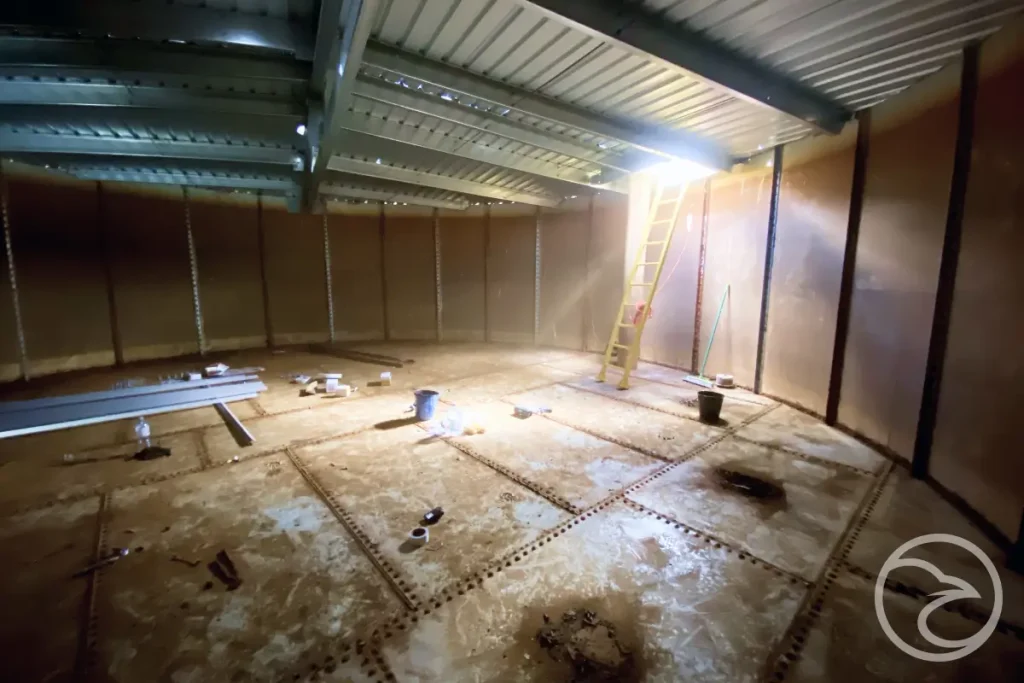
Fire and Water Tank Inspection Checklist
To maintain full operational readiness, your facility should have a consistent inspection schedule. A typical tank inspection checklist includes:
- Fire Tanks: Structural condition, outlet valves, pump operation, signage, access points.
- OSD and Stormwater Tanks: Drainage clearance, chamber functionality, compliance with design plans.
- Storage Tanks: Coating integrity, corrosion levels, vent conditions, spill containment.
- Water Tanks: Internal cleanliness, liner performance, and leak detection.
Following this checklist helps your business avoid non-compliance penalties and operational downtime.
Conclusion
Regular fire and water tank inspections are more than routine maintenance — they’re a proactive way to safeguard your assets, ensure compliance, and support Sydney’s growing infrastructure.
Whether you manage a commercial building, an industrial site, or a public facility, partnering with certified inspection specialists helps prevent system failures, reduce repair costs, and maintain full regulatory compliance.
Ensure your tanks meet Australian safety standards. Schedule a professional tank inspection in Sydney today.
